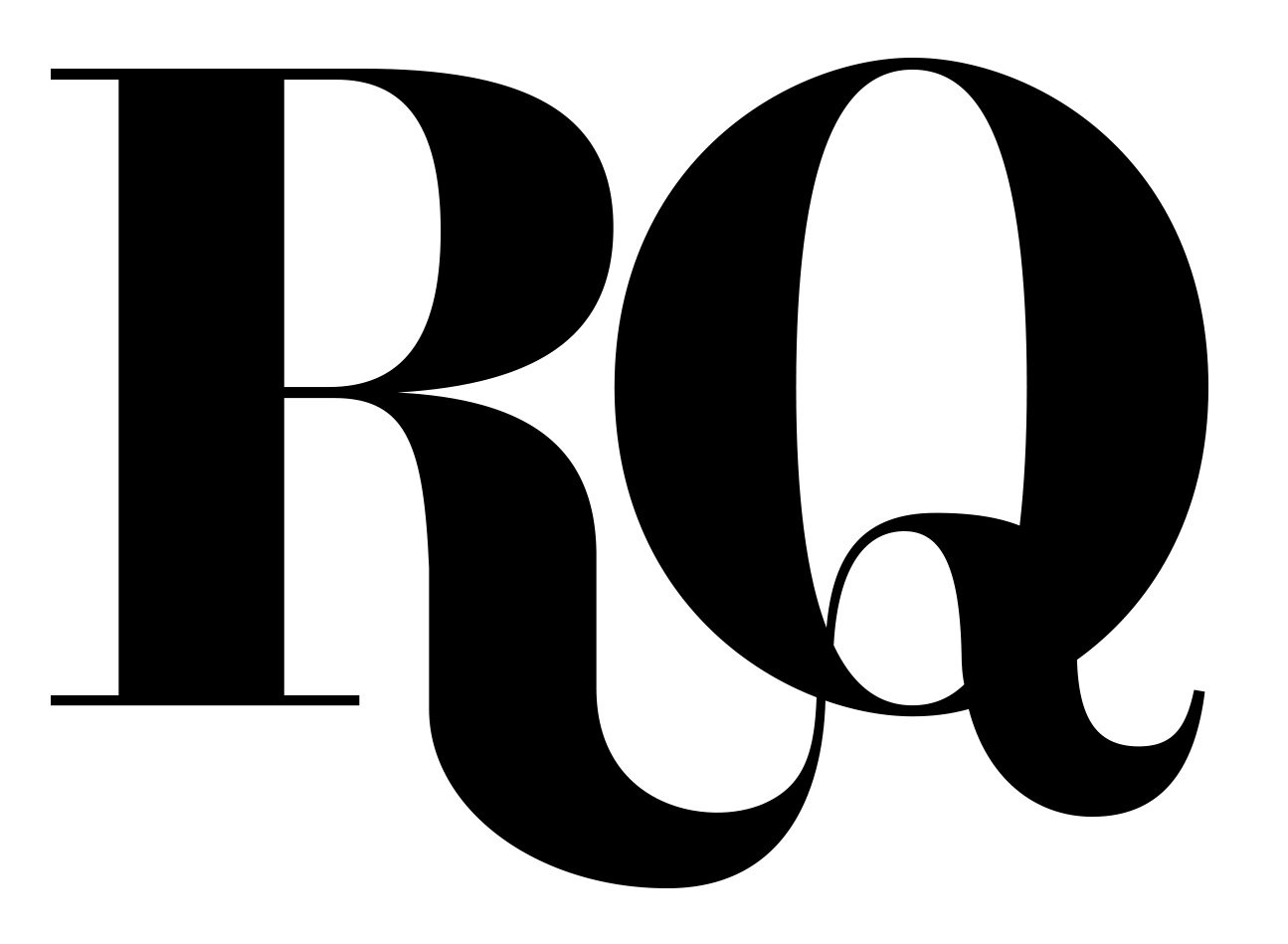Profile // Break the Nose of Every Beautiful Thing
Sighs from the depths of galactic artist Sabrina Small
by Heather Shayne Blakeslee
“Subteranean Voices” by Sabrina Small; 43” x 43”'; pencil, pastel, ink, pen, paper, cut-outs, glitter, and glue on paper, 2020
EXCERPT //
Unbeknownst to most of the passers-by on an ordinary block of Carpenter Street in the Italian Market neighborhood of Philadelphia—emblematic of the walkable city streets that [artist Sabrina] Small favors—her dark self-explorations haunt the walls. Outside, a tiny sidewalk firepit and neighbor-friendly lawn chairs in front of a simple row home; inside, both macabre confabulations as well as the hopeful, spiritual, star-energy of liberated future selves.
I talk with Small, 53, about how beauty is often marked by symmetry, but she adds that, for her, it’s found also in the liminal and malformed, whether that’s forgotten streets or the (dis)figures of her painting and drawing.
“Berlin, Baltimore, you know, Philly. I am attracted to the grittiness and the ugliness and the filth and what others might perceive as misshapen—off somehow—and finding the beauty in that,” she says. Though she loves Philadelphia, she is always ready for the next shift. “I’m always open to a change,” she tells me. “So if tomorrow someone said, ‘Hey, I have this great opportunity in London, or you know, Barcelona, or... Quito, Ecuador,’ or whatever, I’m like, ‘Okay, yeah.’”
She often finds inspiration in literary and film works, and is particularly drawn to the magical realism of writers such as Gabriel García Márquez and Haruki Murakami, whom we trade notes on. She cites both the folk-horror film Midsommar and the gory dance drama Suspiria as inspirations, as well as the work of the Batsheva Dance Company, and its Gaga movement form. An example of how these works infiltrate her own is “Subterranean Voices,” which we viewed at her studio (it is not included in the show). It’s a folk-art style drawing in which two tall women on either side of the image wear exaggeratedly long skirts made of hair, which also serve as teepees or tents for smaller figures, and for limbs that have lost track of their bodies, in a ritualistic scene. //
For full text and images, consider reading RQ in print, on a Sunday afternoon, sun streaming through your window, coffee in hand, and nary a phone alert within sight or in earshot… just fine words, fine design, and the opportunity to make a stitch in time. // Subscribe or buy a single issue today. // Print is dead. Long live print. //

